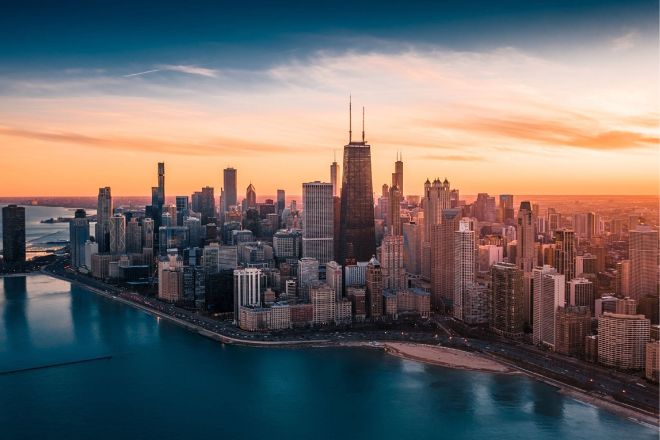
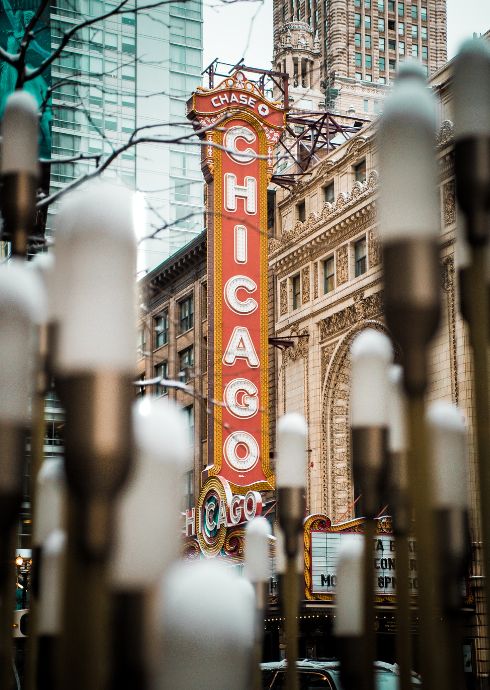
Located in the Midwestern region of the United States, Illinois is a state renowned for its iconic Chicago skyline and famous deep-dish pizza. However, there’s more to the state’s cultural heritage than just these popular attractions. Illinois has a rich Scottish legacy that has played a significant role in shaping the state’s history, culture, and economy. Scottish immigrants started to settle in Illinois in the early 19th century and brought with them a strong sense of community, work ethic, and cultural traditions. They quickly integrated into the state’s society and
contributed to its development in various fields, such as agriculture, manufacturing, and transportation.
In the 19th and early 20th centuries, thousands of Scots left their homeland and migrated to America, seeking better lives. Many of these Scots settled in the Chicago area, quickly assimilating into American culture and society due to a shared language and beliefs. The Scottish emigrants included skilled craftsmen and traders who brought with them an entrepreneurial spirit and strong work ethic, taking advantage of the opportunities offered to them in their new land.
Besides their skilled trades, the Scottish emigrants also brought their Scottish culture and heritage, including sporting activities like Scottish Highland Games and Highland Dancing, music, and pipe bands, literature, Scottish Clothing, Scottish Tartans, and festivals. Many of these traditions are still celebrated in Chicago today. Scots formed several Scottish societies to share their love of all things Scottish, not only amongst themselves but also with the wider community.
Scottish immigrants in Chicago formed several groups and societies to celebrate and share their Scottish culture. These groups included Burns Clubs that honoured the famous Scottish poet Robert Burns and traditional pipe bands. The Chicago Scots, the most prominent Scottish group in the city, advocate for Scottish culture in the Chicago area and organise Scottish events and festivals such as the annual Burns Supper and Highland Games festival.
Established in 1845 as the Illinois Saint Andrew Society, it is the oldest charitable institution in Illinois and has its own tartan. The group created the Caledonian Senior Living and Memory Care Campus over a century ago in North Riverside, Illinois, to provide care for senior members of the community, continuing the Scottish tradition of philanthropy. Through the Chicago Scots and similar organisations, the deep connections between Chicago and Scotland are celebrated and strengthened.
The Scottish emigrants made significant contributions to Chicago’s culture, leaving a lasting legacy that still resonates today. We will discuss some of these pioneers in more detail, so we get to know them better. So what are we waiting for,
John Kinzie was a Scottish-American pioneer who played a significant role in the early history of Chicago. Born in Quebec to Scottish parents, Kinzie moved to the United States in 1783 and eventually settled in Chicago in 1804. He quickly established himself as a successful trader and entrepreneur, becoming one of the most prominent figures in the early years of the city’s development. Kinzie developed a phase of his personality as a Scottish pioneer and people tend to recognise him as that because of his achievements and contributions to the city.he has got that entrepreneurial spirit, work ethic, and
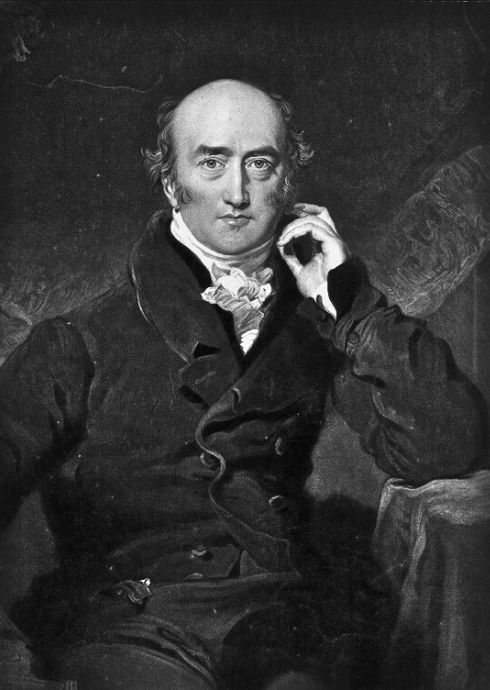
resourcefulness that are characteristic of this Scottish immigrant.
He was a shrewd businessman who established trading relationships with local Native American tribes, enabling him to build up a successful trading operation. He also played a key role in the founding of the Fort Dearborn settlement, which later became the city of Chicago.
As a prominent member of the early Chicago community, Kinzie helped to shape the city’s culture and identity, introducing new ideas and practices that were influenced by his Scottish heritage. For example, he was instrumental in organising the first St. Andrew’s Day celebration in Chicago, which became an annual tradition that is still celebrated by the city’s where the majority population is Scottish community and even today, this is a very renowned occasion and holds a very dominant space in the list of those annual Scottish occasions.
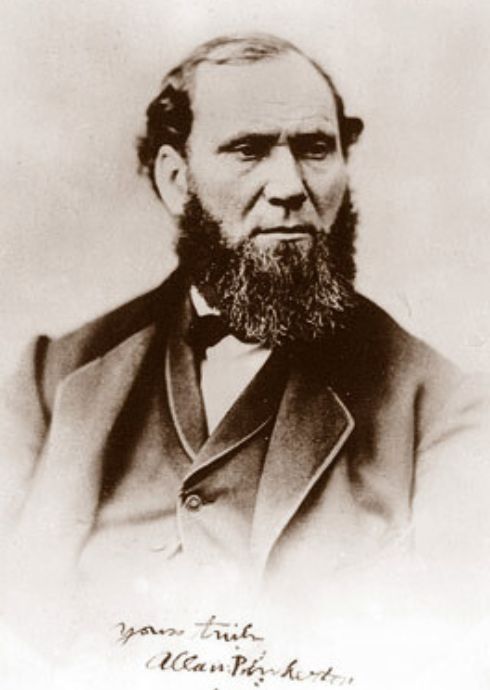
Allan Pinkerton was one of the Scottish pioneers who made significant contributions to American law enforcement and private investigation. Born in Glasgow, Scotland, in 1819, Pinkerton emigrated to the United States in 1842 and eventually settled in Chicago. He initially worked as a cooper, but his keen observational skills and detective instincts soon led him to pursue a career in law enforcement. Pinkerton went on to establish the Pinkerton Detective Agency in 1850, which quickly became one of the most successful private detective agencies in the country. He and his agents were
known for their innovative investigative techniques, which included undercover work and surveillance, and they were often called upon by government agencies to assist with criminal investigations.
As a pioneer in the industry, Pinkerton embodied the entrepreneurial spirit and work ethic that were characteristic of many Scottish immigrants. He was a skilled investigator who used his intelligence and resourcefulness to solve complex cases and protect his clients. He was also a dedicated philanthropist who used his wealth to support causes that he believed in, including the abolition of slavery and women rights.
The places discussed down highlight the enduring ties between Chicago and Scotland, which have been shaped by the experiences of Scottish immigrants who settled in the city and brought with them their rich cultural heritage.
West Dundee is a village in Illinois’ Kane County. A tavern and a store that was built in 1835, becoming the community’s pillars. A lottery was held to determine who would give the town its name as settlers flocked to it. After winning the lottery, Alexander Gardiner named the town West Dundee after his hometown, and the two cities later became similar, so that they started to get renowned by the name as “Sister cities”.
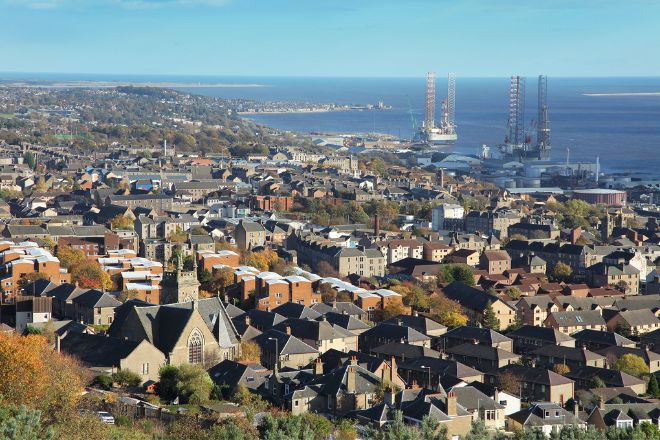
Dundee is also known for its beautiful Victorian-style homes, many of which were built in the late 1800s and early 1900s. The village’s downtown area features a variety of unique shops and restaurants, and hosts several community events throughout the year, including the ‘Heritage Fest’ and the ‘Farmers Market’.
In recent years, West Dundee has undergone a revitalization with new development projects and renovations of historic buildings. The village continues to be a popular destination for visitors seeking small-town charm and a glimpse into the past.
Inverness is a rural town in Cook Province, Illinois. The area was first settled in 1836, and the frontier town became increasingly accessible from Chicago, which was nearby to the town chicago, hence down in 1854, a railway had been built. In 1926, one of Chicago’s most prominent land developers, Arthur McIntosh, purchased 1500 acres of land for development. Soon, the area was referred to as “Inverness,” after the Scottish home of the McIntosh Clan. Learn more about Clan McIntosh here.
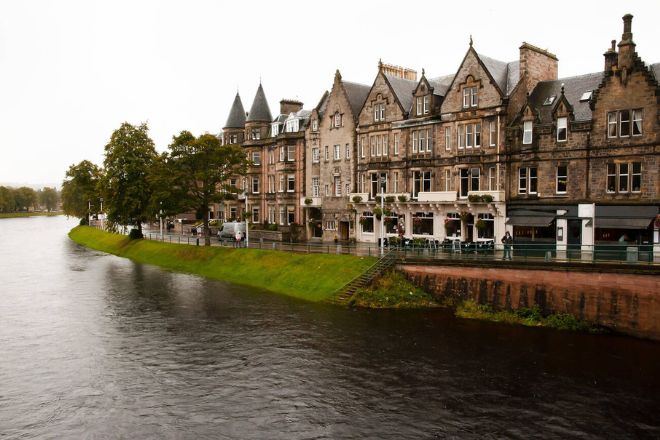
In addition to its historic attractions, Inverness is known for its stunning natural beauty, with nearby attractions including the famous Loch Ness, Culloden Battlefield, and the Cairngorms National Park. They also then introduced a range of Inverness tartans. A range where you can choose from especially for the people living in that clan and identify themselves as they belong from here. The city is also home to a thriving arts and culture scene, with a number of galleries, museums, and theatres showcasing the work of local artists and performers.
Inverness is also a hub for outdoor activities, including hiking, fishing, and cycling. The city’s location on the banks of the River Ness and proximity to the Scottish Highlands make it an ideal destination for those seeking outdoor adventure.
The Robert Burns Statue in Garfield Park is a significant landmark in Chicago, paying tribute to one of Scotland’s most famous poets. Robert Burns, also known as Rabbie Burns, was a Scottish poet and lyricist who is widely regarded as the national poet of Scotland. He lived from 1759 to 1796 and is celebrated for his works in the Scots language, including poems such as “Auld Lang Syne” and
“Tam o’ Shanter.” The statue of Robert Burns in Garfield Park was created by Scottish sculptor John Massey Rhind and was gifted to the city of Chicago by the Scottish community in 1908. The statue stands at 12 feet tall and features Burns in a seated position, holding a quill pen and a book, with his dog at his feet. The statue serves as a tribute to the Scottish community in Chicago and their contributions to the city’s cultural and economic development. It also highlights the strong connections between Scotland and Chicago, which date back to the
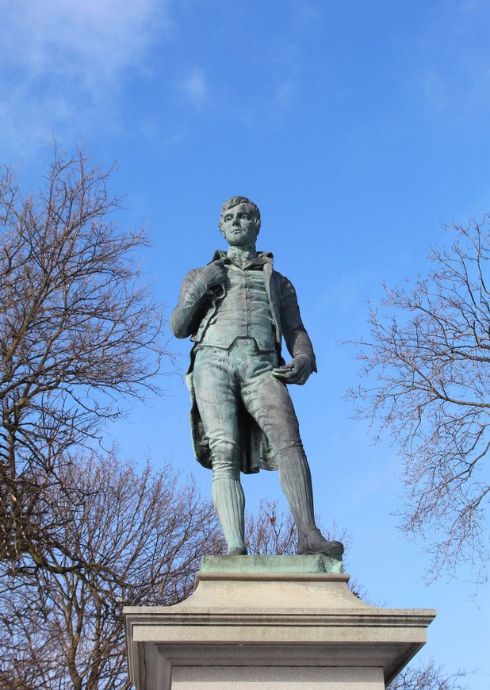
19th century when Scottish immigrants settled in the city. The Robert Burns Statue in Garfield Park is a popular destination for tourists and locals alike, and serves as a reminder of the importance of preserving cultural heritage and celebrating the contributions of immigrants to American society.
Most Scottish immigrants settled in the Northeastern United States, particularly in areas such as Pennsylvania, New York, and New England.
Scottish Highlanders were known for their fierce loyalty, independence, and traditional way of life, including their distinctive dress, language, and clan system.
While there is no definitive answer, it is believed that the most Scottish state in America is likely either Massachusetts or New Hampshire, due to their large numbers of Scottish immigrants and descendants.
Scottish Americans are simply called “Scottish Americans” or “Scots Americans”.
Famous Scottish immigrants to America include industrialist Andrew Carnegie, inventor Alexander Graham Bell, and economist Adam Smith.
Input your search keywords and press Enter.
